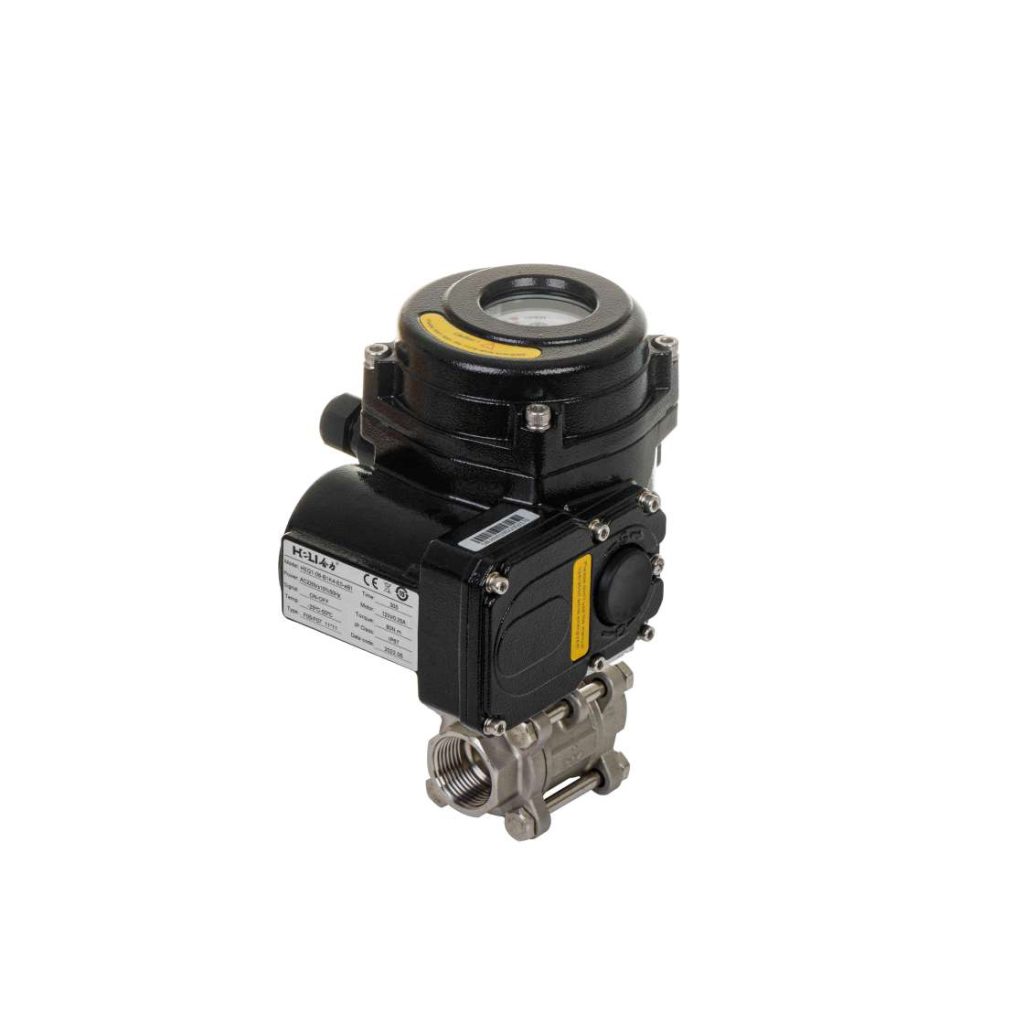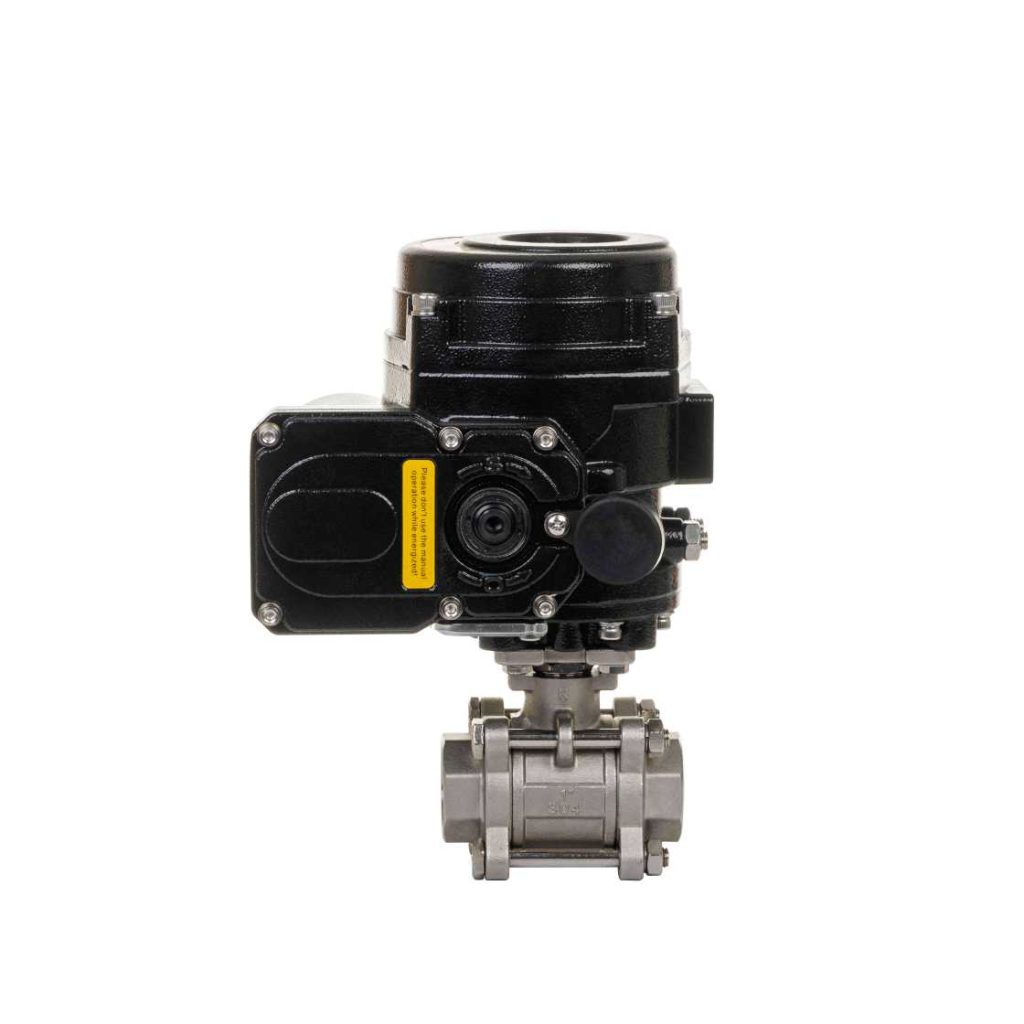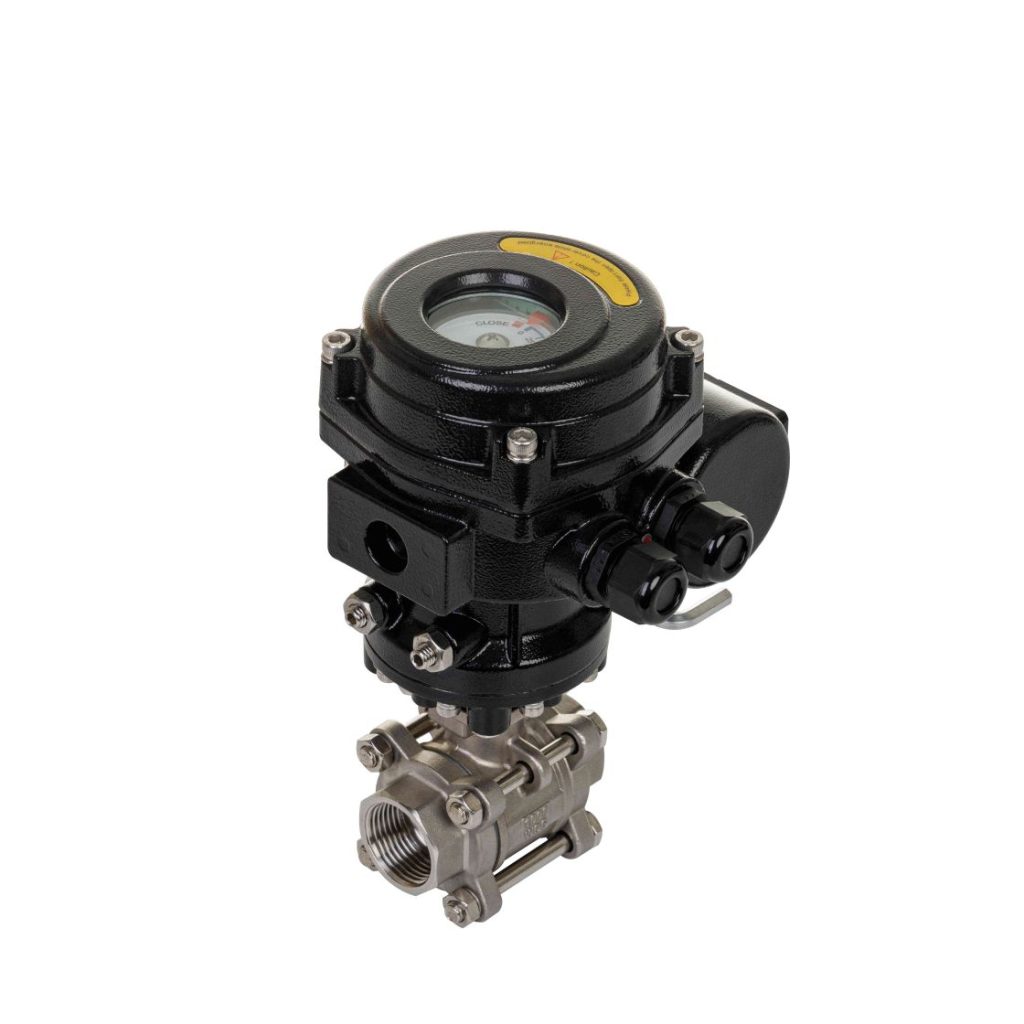The WCB Electric Screw Ball Valve is an innovative control device widely used in various industrial applications. This valve combines mechanical and electrical engineering principles to manage the flow of fluids with high precision. In this article, we will explore the design, functionality, advantages, and applications of the WCB Electric Screw Ball Valve.

Design and Structure

The WCB Electric Screw Ball Valve is primarily composed of three main components: the valve body, a spherical valve element (the ball), and an electric actuator. The valve body is usually made of WCB carbon steel, known for its strength and corrosion resistance, making it suitable for various harsh environments. The spherical valve element has a hole or port through its center, allowing fluid to pass when aligned with the pipeline. The electric actuator is the heart of this valve system. It utilizes an electric motor to rotate the ball within the valve body. By turning the ball 90 degrees, the valve can quickly transition from an open to a closed position, allowing for rapid flow control. This design ensures minimal pressure drop across the valve when it is fully open, promoting efficient fluid transfer.
